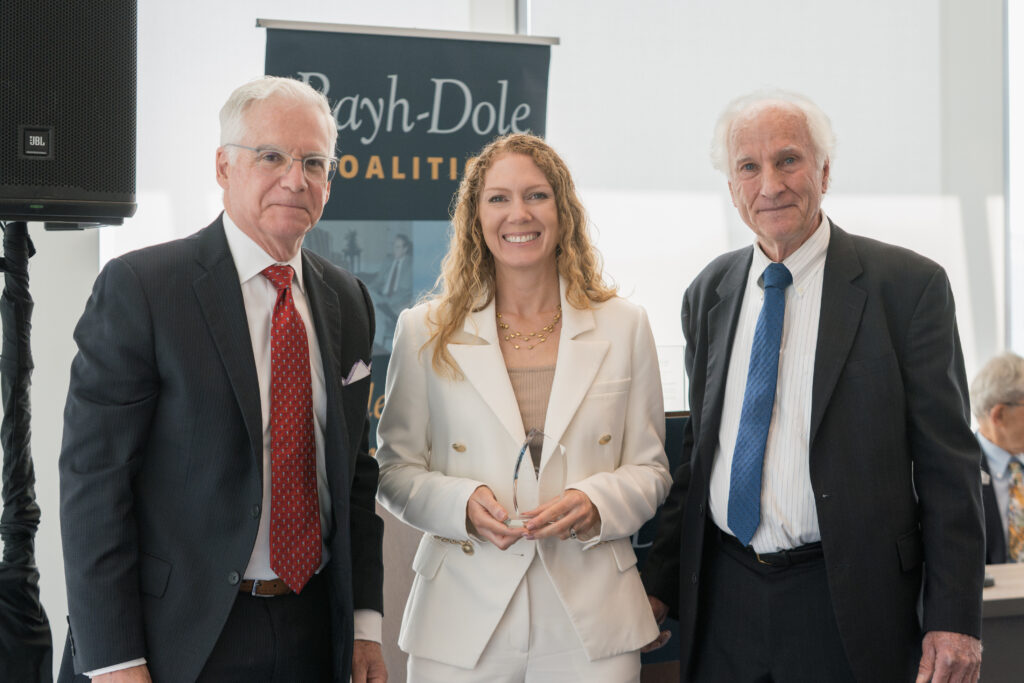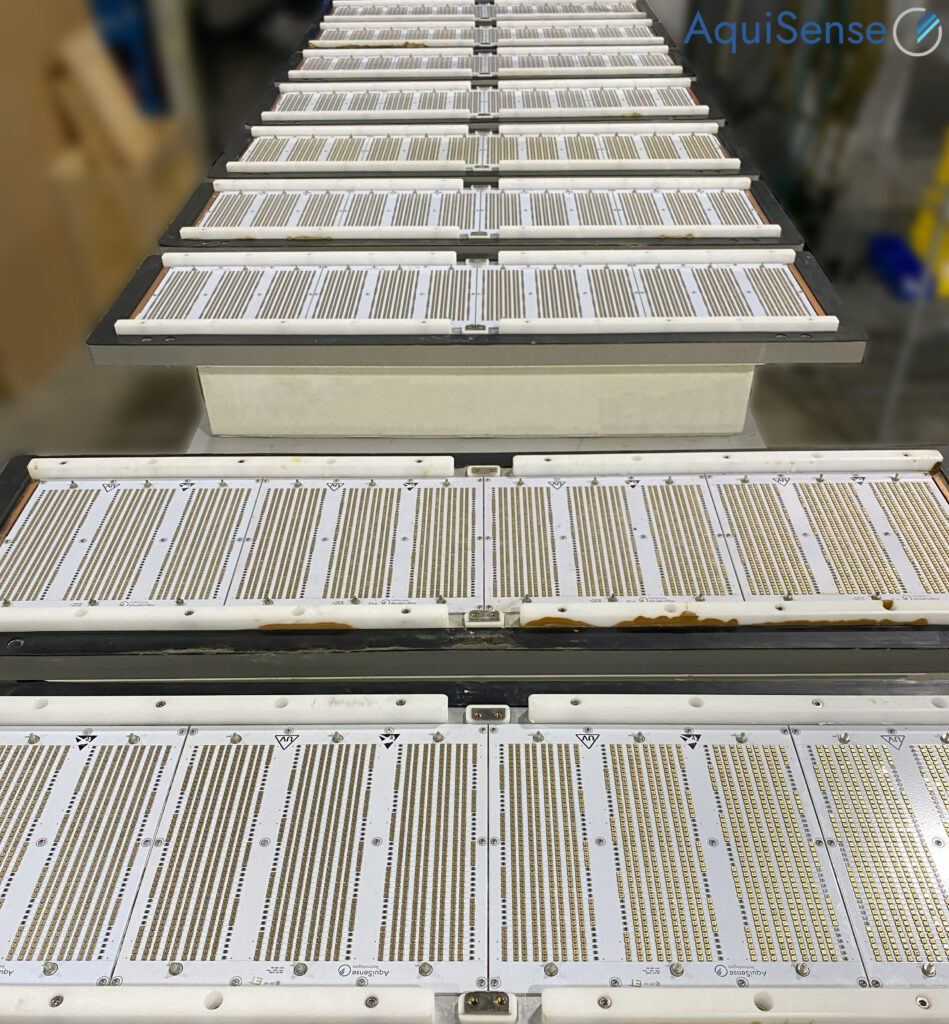A new study that AquiSense Technologies provided the equipment for has found that ultraviolet light-emitting (UV-LEDs) diode technology can kill coronaviruses and could provide new applications for water systems.
It is anticipated the findings from a “world-first” investigation will hasten the use of UV-LED bulbs in air conditioning, robotic, vacuum, and water systems to “efficiently disinfect large surfaces and spaces”.
Tel Aviv University researchers studied the disinfection efficiency of a virus from the family of coronaviruses and found that 99.9% of the coronaviruses were destroyed using the technology in less than 30 seconds, the team said.
Although a different variation of coronavirus was tested, it is expected to be identical in how it reacts to UV compared to the Sars-CoV-2 strain.
Led by Prof. Hadas Mamane, head of the environmental engineering program at the School of Mechanical Engineering said, “The disinfection systems based on LED bulbs, however, can be installed in the ventilation system and air conditioner.”
She said that current methods of disinfection, such as chemical spraying, require physical manpower, as well as the time needed for the chemical to act on the surface.
“The disinfection systems based on LED bulbs, however, can be installed in the ventilation system and air conditioner, for example, and sterilize the air sucked in and then emitted into the room,” she said.
UV-LED’s used in water
Previously, UV-LED systems have been limited to low flow, or personal use water treatment products on the market.
The adoption of UV-LED at scale has been impacted by technology cost and efficiency. Yet, in line with Haitz’s Law, named after scientist Roland Haitz (1935-2015), it’s predicted that LEDs will halve in cost and double in light output every two years.
Furthermore, at the end of 2019, an international standard on drinking water treatment was updated following developments and the roll-out of UV-LED technology.
The right wavelength
In the Tel Aviv University study, the optimal wavelength for killing the coronavirus was tested using a disinfection system provided by AquiSense Technologies.
It was found that a length of 285 nanometers was almost as efficient in disinfecting the virus as a wavelength of 265 nanometers.
This result is significant, said the researchers, because the cost of 285 nm LED bulbs is “much lower” than that of 265 nm bulbs, and the former are also “more readily available”.
Commenting on the technology choice for the study, Prof. Mamane added: “But no less important, we killed the viruses using cheaper and more readily available LED bulbs, which consume little energy and do not contain mercury like regular bulbs.”
The study was conducted in collaboration with Prof. Yoram Gerchman of Oranim College, Dr. Michal Mandelboim, the director of the National Center for Influenza and Respiratory Viruses at Sheba Medical Center at Tel HaShomer, and Nehemya Friedman from Tel Hashomer.
The article was published in the Journal of Photochemistry and Photobiology B: Biology.



